Description
What is an ISM 868MHz Antenna Lora 915MHz Flex PCB Antenna?
The ISM 868MHz Antenna Lora 915MHz Flex PCB Antenna CTRF-ANTENNA-FPC-8596-4320-IPEX item is a flexible FPCB board antenna with 850MHz to 930MHz antenna including 868Mhz, 900MHz, 915MHz antenna manufactured by C&T RF Antennas Inc for ISM and Lora industries.
The ISM 868MHz Antenna Lora 915MHz Flex PCB Antenna comes with a 42x20mm flex PCB size and 120mm RG 1.13 low-loss coaxial cable Ipex connector mount built-in antenna.
C&T RF Antennas Inc provides internal & external antennas with the antenna radio frequencies such as NFC, 169MHz, 230MHz, 315MHz, 433MHz, 868MHz, 915MHz, VHF&UHF, Lora, NB-IoT, ADS-B, GSM, GNSS, Wifi 2.4GHz, 5.8GHz, Cellular 2G 3G 4G LTE, GPS, 5G NR, etc.
C&T RF Antennas Inc. provides RF antennae with Omni & Directional antenna types such as Dipole Antennas, Whip Antennas, Marine Antennas, Router Antennas, MIMO Antennas, Combo Antennas, PCB Antennas, FPC Antennas, Spring Antennas, Magnetic Antennas, Sector Antennas, Yagi Antennas, and Accessories, etc, for IoT & M2M industries.
ISM 868MHz Antenna Lora 915MHz Flex PCB Antenna Is Available At C&T RF Antennas Inc. We Offer 868MHz Lora 915MHz Flex PCB Antenna Inventory, 868MHz Lora 915MHz Flex PCB Antenna Pricing, 868MHz Lora 915MHz Flex PCB Antenna datasheet, etc.
Or other Lora 915MHz 900MHz antenna styles.
ISM 868MHz Antenna Lora 915MHz Flex PCB Antenna Specifications
ISM 868MHz Antenna Lora 915MHz Flex PCB Antenna Electronical Specifications |
|
| RF Antenna Type | Internal FPC Antenna |
| Model | CTRF-ANTENNA-FPC-8596-4320-IPEX |
| Frequency Center | 850-960MHz |
| Gain | 4±1dBi |
| VSWR | ≤2.0 |
| Impedance | 50 Ω |
| Polarization | Vertical/Linear |
| Cable Type | RG1.13 |
| Connector | IPEX |
| Cable Length | 130mm |
| Lightning Protection | DC-Ground |
ISM 868MHz Antenna Lora 915MHz Flex PCB Antenna Mechanical Specifications |
|
| FPC Board Dimension | 43*20mm |
| Weight | Approx. 5g |
| Material | FPCB + RG Cable + U.FL connector |
| Operation Temperature | -40˚C ~ +85˚C |
| Storage Temperature | -40˚C ~ +80˚C |
| Color | Black |
| Antenna Design | Dipole Array |
| Mounting | Connector/Sticker |
| Safety Emission and other | RoHS Compliant |
| Applications | Public Safety/LMR/P25/TETRA, ISM/SCADA/Utilities, RFID, IoT/NB-IoT/LoRa, etc. |
Flexible Lora 915MHz Antenna FPC Antenna Features
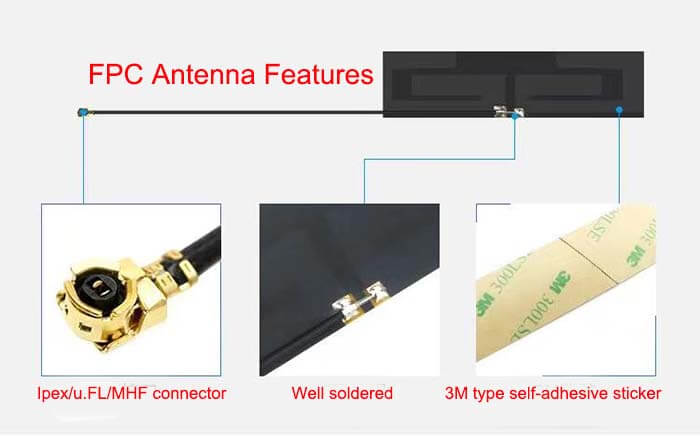
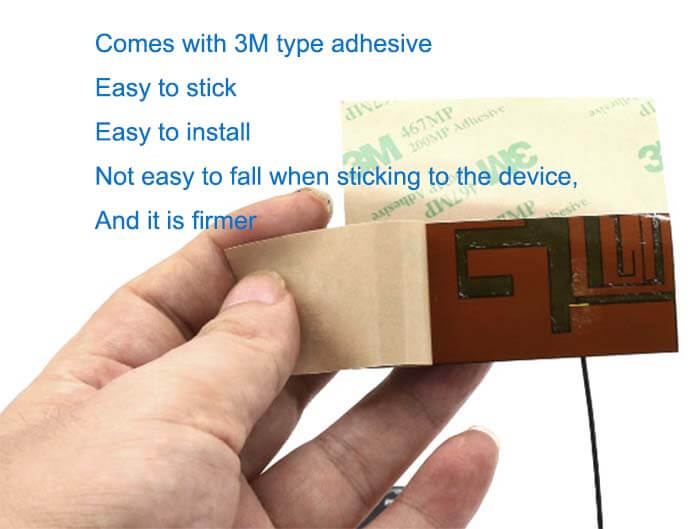

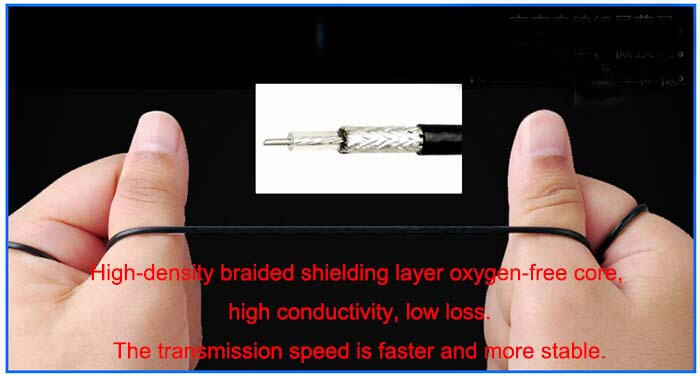

What is LoRa?
Lora is a low-power LAN wireless standard created by Semtech. Low power consumption is generally difficult to cover long distances and long distances generally have high power consumption.
The name of LoRa is long-distance radio. Its biggest feature is that it can travel farther than other wireless methods under the same power consumption conditions, and realizes the unity of low power consumption and long distance.
It is better than traditional radios under the same power consumption. The wireless radio frequency communication distance is expanded 3-5 times.
Characteristics of LoRa
Transmission distance: up to 2-5 Km in towns, up to 15 Km in suburbs.
Working frequency: ISM frequency band includes 433, 868, 915 MH, etc.
Standard: IEEE 802.15.4g.
Modulation method: Based on spread spectrum technology, a variant of linear modulation spread spectrum (CSS), with forwarding error correction (FEC) capability, proprietary patented technology of Semtech.
Capacity: A LoRa gateway can connect to thousands of LoRa nodes.
Battery life: up to 10 years.
Security: AES128 encryption.
Transmission rate: hundreds to tens of Kbps, the lower the rate, the longer the transmission distance. This is like a person picking things, picking more things will not go too far, and less can go far.
Lora and LoRaWan
Lora and LoRaWan are easy to confuse.
LoRaWan protocol stack
Lora is a subset of LoRaWan, LoRa only includes the definition of the physical layer, and LoRaWan also includes the link layer.
LoRaWan network architecture
This picture is the network architecture diagram of LoRaWan. On the left are various application sensors, including smart water meters, smart trash cans, logistics tracking, vending machines, etc.
On the right is the LoRaWan gateway, gateway conversion protocol, which converts the data of LoRa sensors into the format of TCP/IP that is sent to the Internet.
The LoRa gateway is used in the long-distance star architecture, which is multi-channel, multi-modulation transceiver, and multi-channel simultaneous demodulation.
Due to the characteristics of LoRa, multiple signals can be demodulated simultaneously on the same channel. The gateway uses an RF device that is different from the terminal node and has a higher capacity. It acts as a transparent bridge to relay messages between the terminal device and the central network server.
The gateway is connected to the network server through a standard IP connection, and the terminal device uses unicast wireless communication messages to one or more gateways.
In fact, LoRaWan is not a complete communication protocol, because it only defines the physical layer and the link layer, the network layer, and the transport layer not the functions are not perfect, there is no roaming, no main functions of the communication protocol such as network management.
Lora’s physical frame structure
Lora’s messages are divided into uplink and downlink. The uplink is from the sensor to the LoRa gateway, and the downlink is from the LoRa gateway to the sensor, just as a reply.

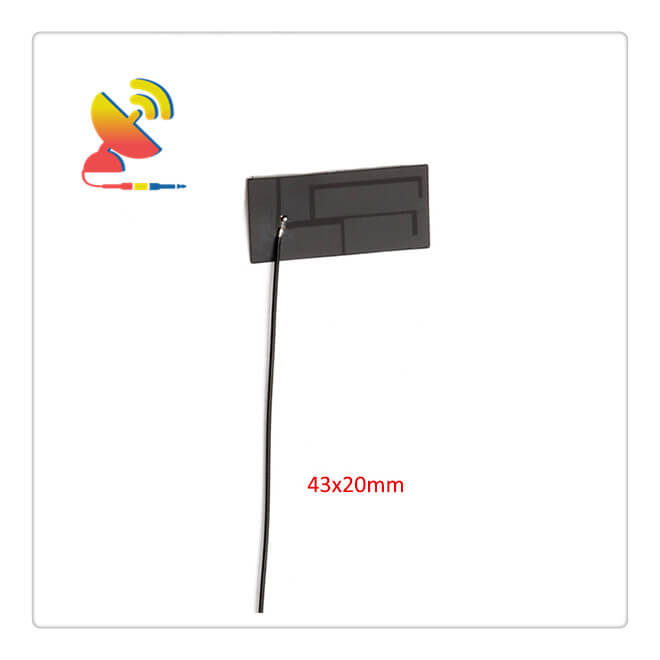
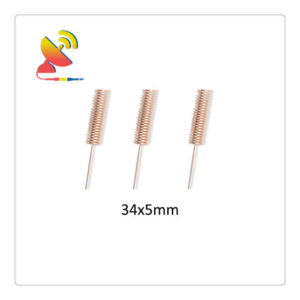
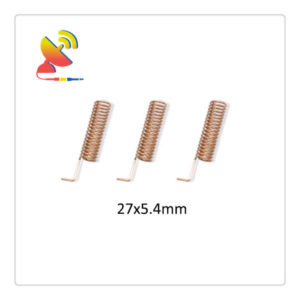
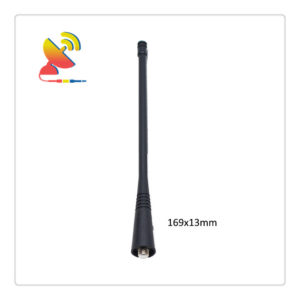
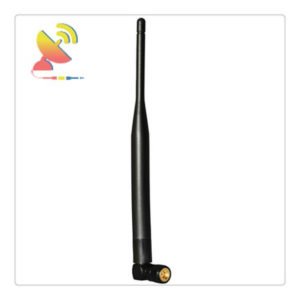
Reviews
There are no reviews yet.